Recently, the ENT Department of 108 Central Military Hospital examined and discovered a case, who came to the hospital with symptoms of earache and ear discharge lasting for many months, and had been treated at many medical facilities and specialized hospitals before but still had earache and severe headaches.
Accordingly, patient TMT (born in 2002, Hanoi ) was examined by doctors from the ENT Department, 108 Central Military Hospital.
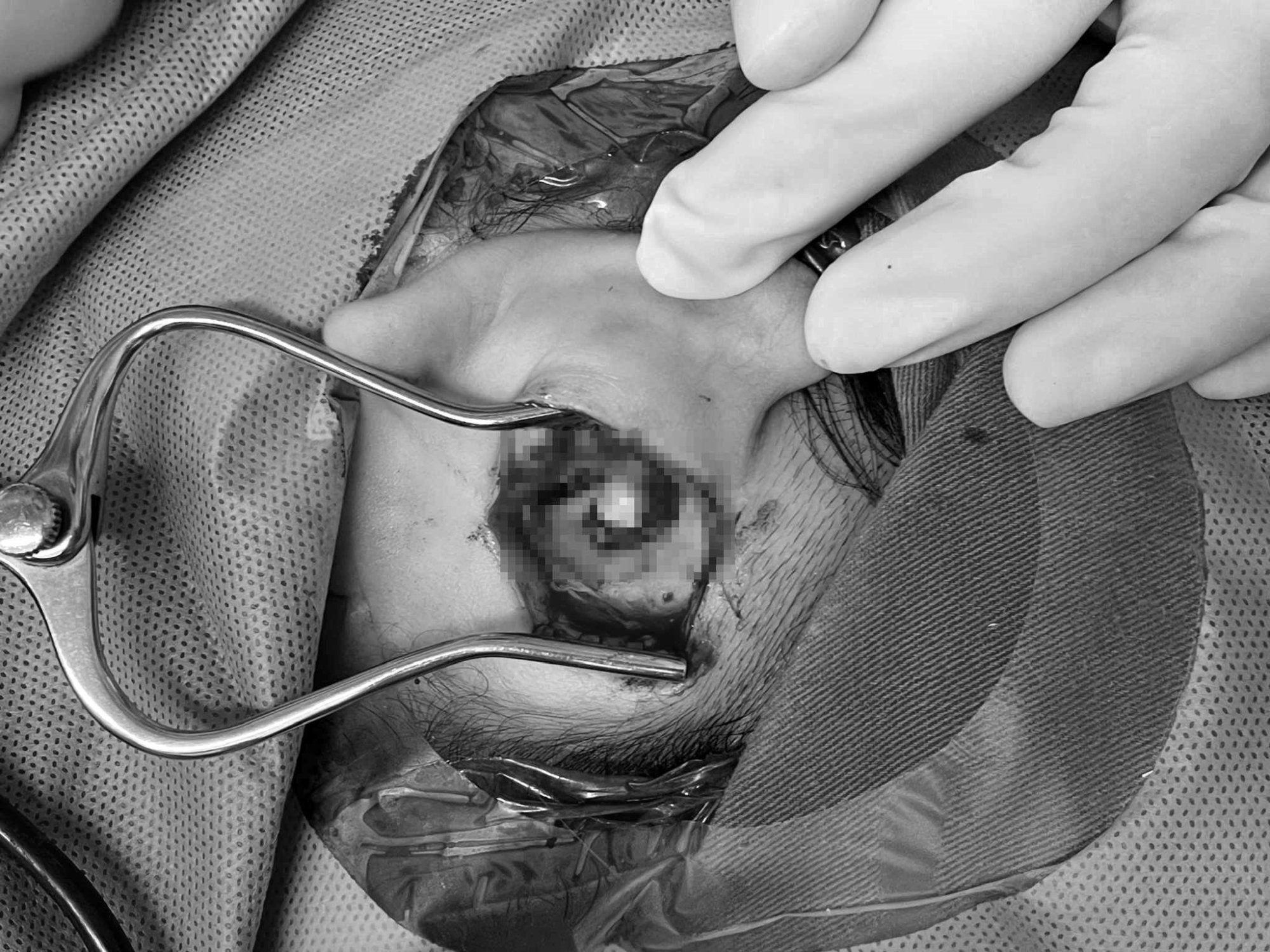
Unexpected otitis media with suppuration is a rare disease (photo TL).
During the examination, in addition to observing a medium-sized eardrum perforation, with clinical experience, the doctors of the ENT Department, 108 Military Central Hospital suspected a very discreet, throbbing lesion in the posterior-superior region of the patient's right external auditory canal (P) when pressing on the mastoid bone surface.
CT scan results of the temporal bone confirmed that the patient had mastoiditis with a large cholesteatoma in the mastoid bone.
The patient then underwent radical mastoidectomy immediately, removing the entire large cholesteatoma mass occupying the entire mastoid bone that had protruded outside the external auditory canal.
After surgery, the patient's headache and insomnia symptoms were completely gone. Fortunately, the cholesteatoma had not caused damage to important organs in the ear and surrounding areas.
According to the US National Institutes of Health, there are only about 9-12 cases of cholesteatoma per 100,000 adults each year.
Due to the rare nature of the disease, a lack of meticulous examination or the inexperience of a specialist can cause the disease to be missed and not detected early.
Doctor Nguyen Tai Dung said that in cases such as TMT patients or difficult diagnostic cases, modern diagnostic imaging methods such as CT scan can help confirm the disease.
For patients, when experiencing symptoms of ear pain, abnormal ear discharge with foul-smelling pus or abnormal neurological or cranial symptoms, they should immediately go to specialized medical facilities with experienced doctors for examination and thorough consultation, avoiding being subjective with the disease which will leave very serious consequences, Dr. Dung advised.
Cholesteatom is an abnormal accumulation of dead skin cells that forms a keratinized mass in the middle ear, the mastoid bone of the ear.
Chronic otitis media with cholesteatoma is not malignant, but if not treated promptly can cause many dangerous complications, so the disease is also called dangerous otitis media.
Serious complications include facial paralysis due to damage to the seventh cranial nerve, vertigo due to peripheral vestibular damage, or meningoencephalitis if the damage spreads into the inner ear or brain.
In medical literature, the symptoms of cholesteatoma are often described quite typically with foul-smelling pus discharge, pus crusting, and perforated eardrum lesions in the loose eardrum area.
However, recently, with the development of antibiotics, the symptoms of the disease are often atypical and can be easily missed or confused with other common otitis media and perforated eardrum diseases.
Source


![[Photo] Keep your warehouse safe in all situations](https://vphoto.vietnam.vn/thumb/1200x675/vietnam/resource/IMAGE/2025/10/1/3eb4eceafe68497989865e7faa4e4d0e)
![[Photo] Hanoi morning of October 1: Prolonged flooding, people wade to work](https://vphoto.vietnam.vn/thumb/1200x675/vietnam/resource/IMAGE/2025/10/1/189be28938e3493fa26b2938efa2059e)


![[Photo] President of the Cuban National Assembly visits President Ho Chi Minh's Mausoleum](https://vphoto.vietnam.vn/thumb/1200x675/vietnam/resource/IMAGE/2025/10/1/39f1142310fc4dae9e3de4fcc9ac2ed0)

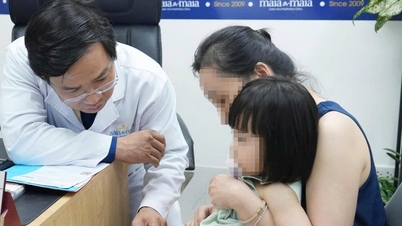

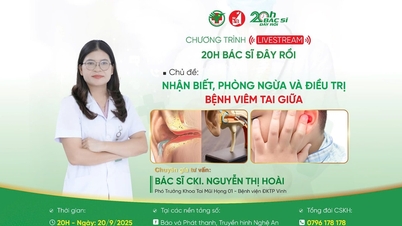




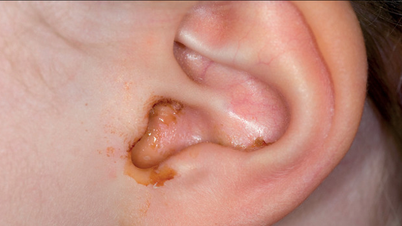







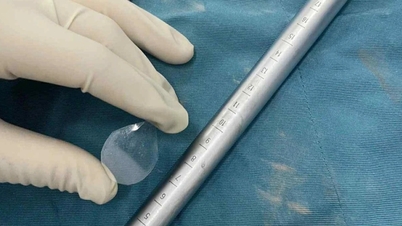


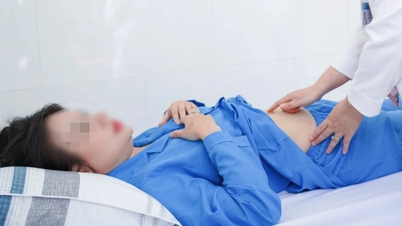





































































Comment (0)